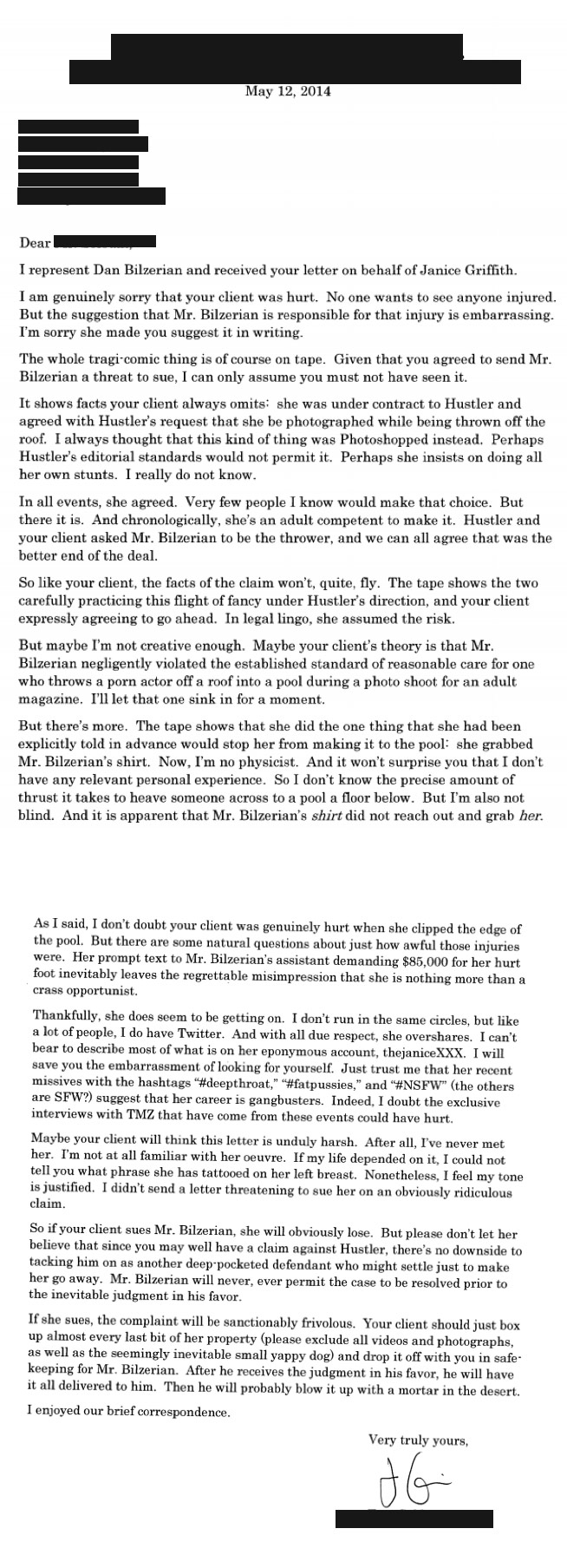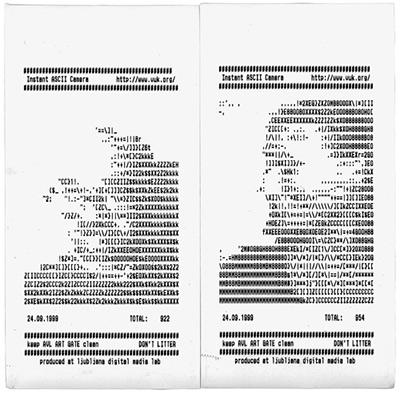‘Burrow for seed, the screech in hole’ —@TNI_InfantBat

The contest, an unusual collaboration between industry and academic scientists, featured one-minute matches between 16 world-class “memory athletes” from all over the world as they met in a World Cup-like elimination format. The grand prize was $20,000; the potential scientific payoff was large, too. […]
Simon Reinhard, 35, a lawyer who holds the world record in card memorization (a deck in 21.19 seconds), and Johannes Mallow, 32, a teacher with the record for memorizing digits (501 in five minutes) […]
“We found that one of the biggest differences between memory athletes and the rest of us,” said Henry L. Roediger III, the psychologist who led the research team, “is in a cognitive ability that’s not a direct measure of memory at all but of attention.”
The technique the competitors use is no mystery.
People have been performing feats of memory for ages, scrolling out pi to hundreds of digits, or phenomenally long verses, or word pairs. Most store the studied material in a so-called memory palace, associating the numbers, words or cards with specific images they have already memorized; then they mentally place the associated pairs in a familiar location, like the rooms of a childhood home or the stops on a subway line. […] “When I see the eight of diamonds and the queen of spades, I picture a toilet, and my friend Guy Plowman,” said Ben Pridmore, 37, an accountant in Derby, England, and a former champion. […]
Now and then, a challenger boasts online of having discovered an entirely new method, and shows up at competitions to demonstrate it. “Those people are easy to find, because they come in last, or close to it,” said another world-class competitor, Boris Konrad, 29.
Anyone can learn to construct a memory palace, researchers say, and with practice remember far more detail of a particular subject than before.





















